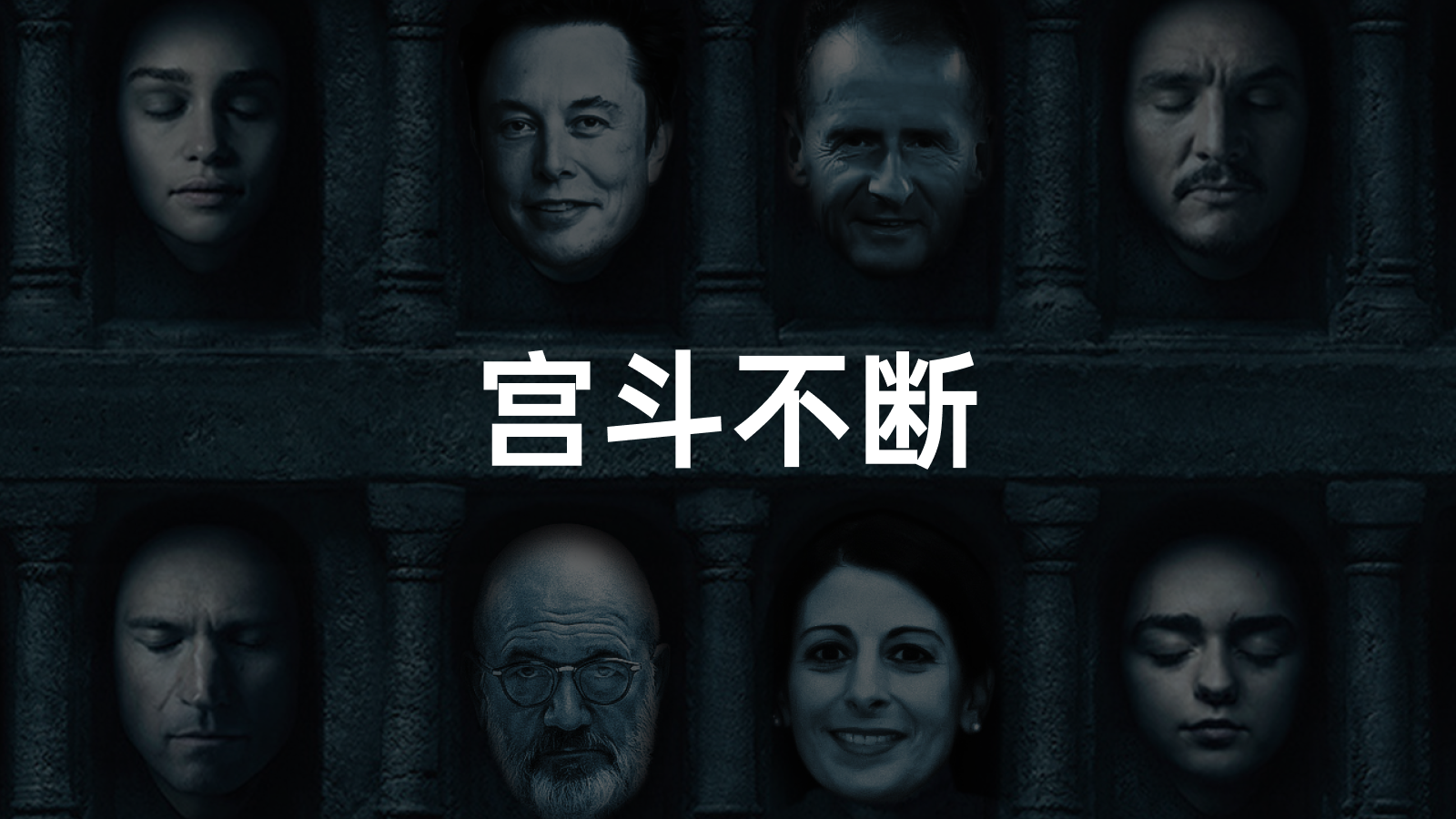Translated English Markdown Text
I don’t know how you feel about the Volkswagen ID electric family in the car industry, but their delivery volume has been steadily climbing in China. After breaking ten thousand deliveries in September (10,126 vehicles), the October delivery volume hit a new high (12,736 vehicles). ID.4 can already be seen on Shanghai’s roads, and the newly announced ID.3 also urgently needs to be launched to push up these figures.
However, Volkswagen Group’s CEO, Herbert Diess, is not happy despite the rising sales figures. Due to the cancellation of his long-planned trip to the United States, he was forced to postpone his meeting with American investors, and instead, engaged in a power struggle with German labor representatives on November 4.
You may think it’s not uncommon for a CEO’s working plan to be disrupted, but this time it was forced to be canceled due to the accusations of the chairman of the Volkswagen Works Council. Diess may even lose his position as CEO of the Volkswagen Group!
And the person who made Diess unhappy is the chairwoman of the Volkswagen Works Council, Daniela Cavallo. As for why, you’ll have to listen to an intriguing story of palace intrigue that is no less exciting than “Game of Thrones.”
Why “again”?
Because last year, Diess was only one step away from being fired.
Here we need to focus on the leading factor of the Works Council. It is a particularly special existence in the corporate governance system in Germany. Labor representatives occupy half of the seats on the board of directors and are usually the dominant force in the overall decision-making of the board.
And given that labor representatives are naturally committed to protecting the interests of the company’s workers, they tend to adopt extremely resistant means to safeguard their own interests when CEOs plan to implement layoff policies for rapid electrification, and there have even been historical cases of CEOs being fired by authoritarian labor representatives.
The reform promoted by Diess after taking office is closely related to the layoff policy. This has caused the then chairman of the Works Council, Bernd Osterloh, to become very angry. So, the two have had disagreements at many decision-making meetings for a long time, and it can be said that they have been deeply resentful.
This also represents the struggle and conflict between the reformists and the conservatives within Volkswagen. Last June, this power struggle reached its first “climax.”
At that time, Diess and Osterloh had a fierce argument over the speed and scope of the cost-cutting plan. Osterloh was not in favor of Diess’s layoff plan in order to protect the income and employment of the current workers. In response, Diess accused a member of the supervisory board of leaking to the media about his failed application for an extension of appointment at the meeting.Under the mediation of two powerful families, Porsche and Piëch, Diess was able to remain the CEO of Volkswagen Group but lost his position as CEO of Volkswagen brand.
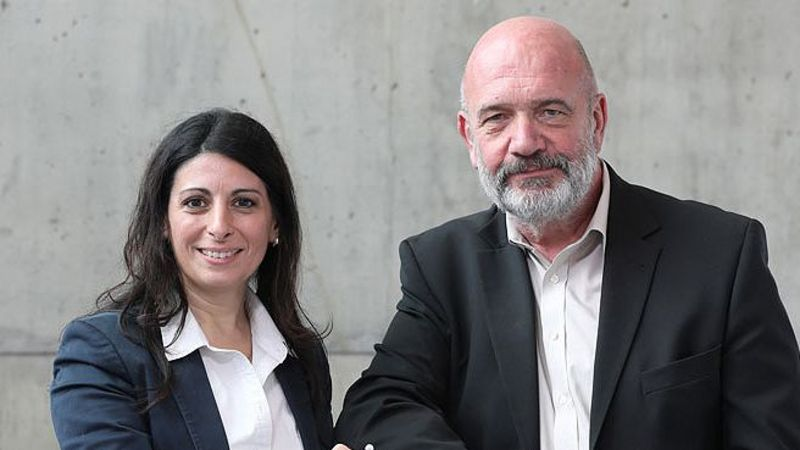
On April 23 this year, the news was released on the IG Metall official website that Osterloh, who had been chairman of the Volkswagen Labor Council for 16 years, would hand over his power to Kavalos on May 1.
Osterloh, who was known for his tough and firm style, is about to step down, while Kavalos gives people a gentle feeling. This seems to indicate that there is a bit of a turning point in the relationship between the Labor Council and the reformist faction led by Diess. Is Diess’s “iron throne” secure?
No, no, no. I had doubts about this view at the time.

First of all, the main job of the union’s existence is to safeguard workers’ interests, and layoffs naturally conflict with this main job. Therefore, no matter what kind of personality the union chairman is, he or she will resist large-scale and rapid layoffs. In addition, Kavalos served as Osterloh’s deputy for two years before being promoted to chairman of the Labor Council. If their views were not in sync, why would Osterloh give way to her? Even in his resignation letter, Osterloh spoke highly of Kavalos.
The fact proved that the conflict between Diess and the union was only temporarily resolved. Regarding layoffs, Diess was a pivot and had to be a pivot. He has been trying to speed up the process of this reform, and as the saying goes, “it’s better to have a short pain than a long pain”, because “long pain” might turn Volkswagen from a giant ship into a small boat chasing waves in the era of electrification.
As for layoffs, this game has both advances and retreats, besides some changes in high-level management positions.
In March this year, Volkswagen announced that it would achieve layoffs through early retirement. Although Volkswagen did not want to disclose the cost of this significant expenditure, foreign media speculated that the cost of this layoff could be close to 500 million euros!
After Kavalos took office, Diess promised not to lay off existing employees before 2029 in order to gain support from the Labor Council for the reform.
Tesla’s rapid growth has forced Diess to accelerate the reform, but the reform is not only about technological innovation, but more importantly, about the system and personnel organization of the Volkswagen empire, which is large and complex. This is the most complex “domestic policy” problem Diess faces.
This time it’s for real.# Schedule of Diess’ Trip to Meet Investors in the USA
Diess had planned to meet with investors in the United States for a long time. However, a week before his departure, the current union leader, Cavallo, directly accused Diess of preferring Wall Street investors and lacking empathy for employees, which forced Diess to cancel the meeting with investors and attend the employee meeting on November 4th instead.
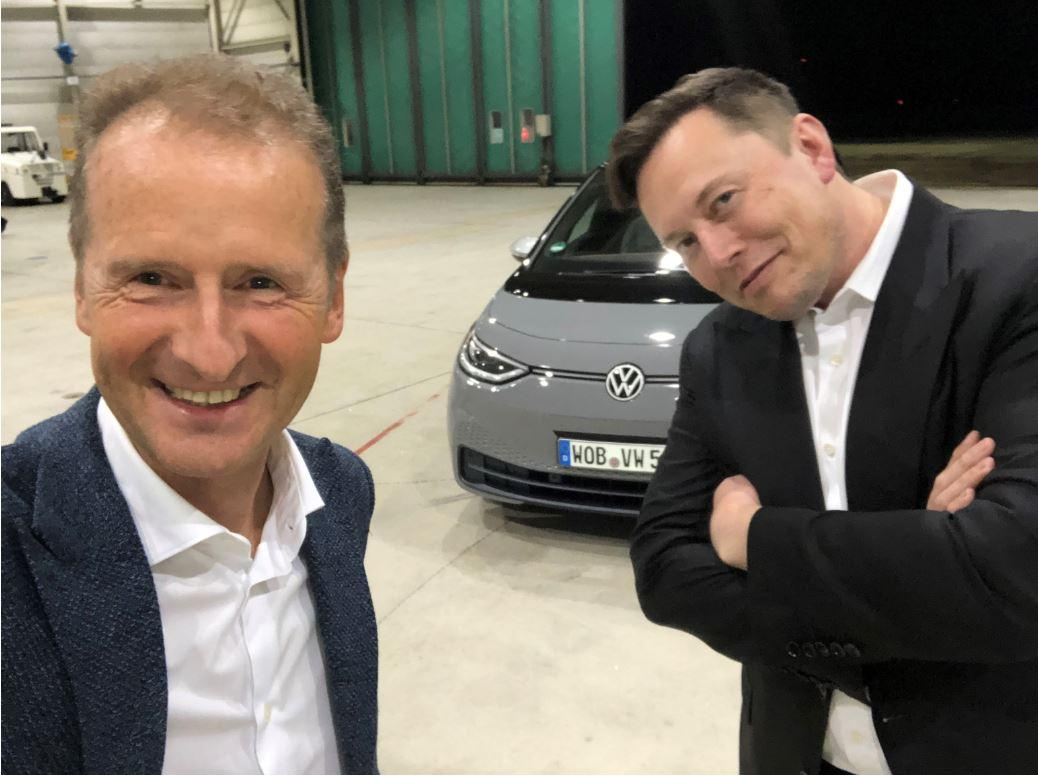
The specific content of the employee meeting on November 4th is definitely about the game of layoffs. The spark that triggered this dispute may be traced back to Diess’ admiration for Tesla and Ma Yilong himself.
Diess and Ma Yilong’s “close friends” relationship will not be elaborated on in this article. For those who want to know more, you can simply search online to find out that the two have been praising each other on Twitter for a long time.
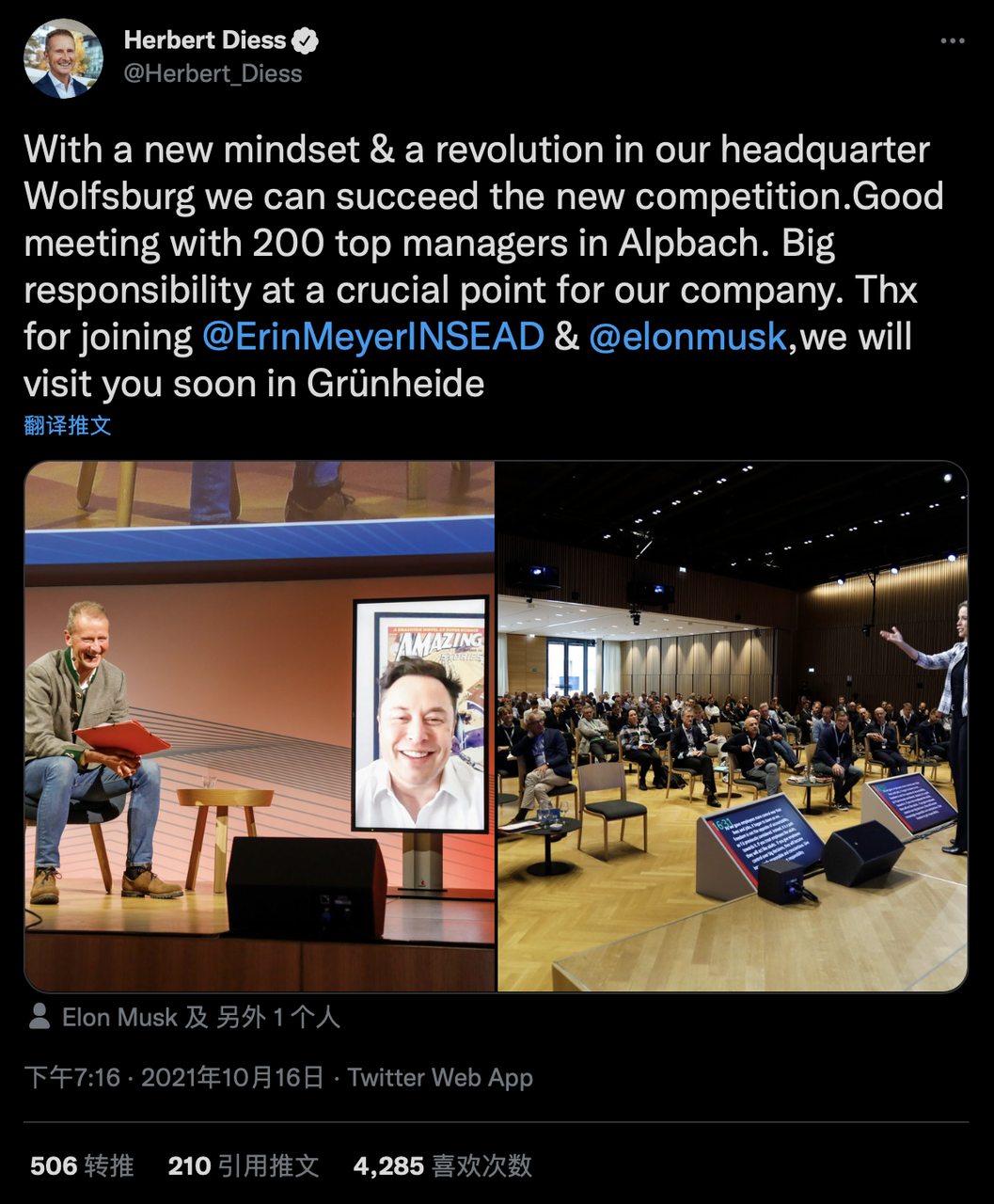
On October 16th, Diess invited Ma Yilong to give a speech to 200 executives online to motivate them. Afterwards, Diess released information through various media, criticizing the company’s “bureaucracy” while stating that Volkswagen must keep up with Tesla, and that this would inevitably lead to layoffs. Even in the latest board meeting, Diess “railed” that 30,000 jobs would be cut in the electrification reform.
Of course, the reason for this game is not only because of Diess and Ma Yilong, but also related to this year’s chip shortage.

On October 28th, Volkswagen announced its third-quarter performance this year. Due to the chip shortage, profits fell to 2.8 billion euros, a year-on-year decrease of 12.1%, and deliveries of 1.97 million vehicles, a year-on-year decrease of 24%. Reflected in specific sales, you can feel that Volkswagen’s fuel vehicle models have no discounts in China, and even there are second-hand car 4S stores that buy back according to the invoiced price.
Although the delivery volume of pure electric vehicle models has increased significantly, reaching 122,100 vehicles, more than twice that of the same period last year. However, this is under the influence of the chip shortage and is already below expectations, and this situation will continue.
The chip shortage has plagued the Volkswagen Group, and the severity is even worse than that of BMW, Ford, and Toyota. Regarding the third-quarter performance, which was lower than expected, Diess stated that layoffs are necessary to make Volkswagen competitive in the rapidly growing and highly competitive electric vehicle market.
So, on November 4th, a dispute occurred between Cavallo and Diess during the meeting:Cavallo: You frequently provide us with nice pictures from your trips, but unfortunately not with semiconductors, which can’t solve the chip shortage problem.
The fascination you apparently have for Mr. Musk and the effort you make in staying in contact with him – we would welcome if the same were applied to the huge challenges the company currently faces.
Cavallo made a lot of satire on Diess, stating that he “uses layoffs to threaten workers and shows no empathy for the chip supply issue,” and saying that “no worker is redundant.”
Diess: I’m asked frequently why I keep comparing us with Tesla. I know this is annoying to some.
Even if I stop talking about Elon Musk, he will still be there revolutionizing our industry and becoming more competitive quickly.
Only as a team can we make Volkswagen future-proof!>Yes, I’m worried about Wolfsburg,I want that your children and grandchildren can still have a secure job here with us in Wolfsburg. That’s my point today. That’s why I’m here.
And Diess is trying to make Employee Representatives see the situation with an atmosphere of internal and external troubles. While I have no way of knowing the details of the entire meeting, I can feel as if both sides were trying to restrain themselves but still had an argument based on some of the details released overseas.
The severity of the situation has gone far beyond the range of competition and argument. Diess may be faced with betrayal! He may even lose his control over Volkswagen!
A special “emergency mediation” committee may be meeting to discuss Diess’s future and to determine whether he still has the qualifications to lead Volkswagen.
Although it appears to be a conflict between the reformists led by Diess and the conservatives led by Kavallo, the reason for this betrayal is far more than that.
In 2018, Diess became CEO of the Volkswagen Group and took the somewhat prickly “Iron Throne”, leading the process of electrification of the Volkswagen Group. Now, the MEB has landed in major electric vehicle markets such as Europe, the United States, and China, and even the archenemy Austrolo has also held on.
As the results of Volkswagen’s reform gradually emerged, new forces such as Tesla, NIO, and XPeng have invaded Europe, which has put pressure on Diess, requiring him to speed up the pace of reform, and has also raised questions from management about his leadership.
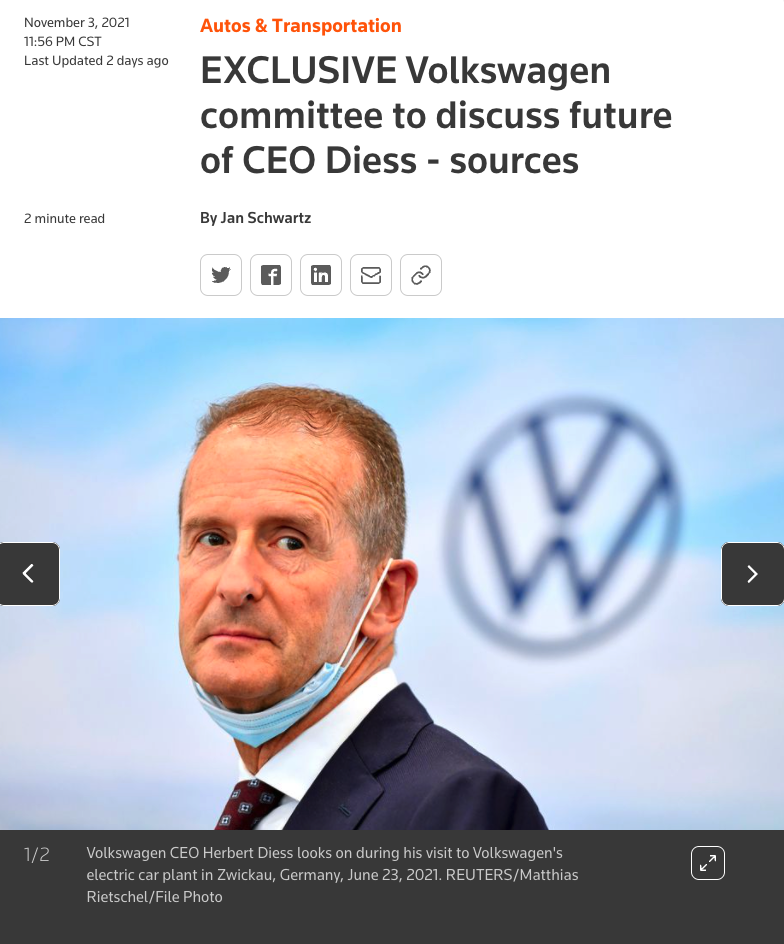
This rarely discussed committee consists of Hans Dieter Poetsch, the Chairman of the Supervisory Board and CEO of Volkswagen’s largest shareholder, Porsche SE, Stephan Weil, the Governor of Lower Saxony, which holds 20% of Volkswagen’s voting rights, Daniela Cavallo, the Chairman of the Works Council, and Joerg Hofmann, the head of Germany’s largest industrial union, IG Metall.
But whether it was the meeting between Diess and employee representatives on November 4 or the “emergency mediation” committee, the specific results and process are still inconclusive.
Still depends on Piëch and the Porsche familyTo understand the nature of this reform, we need to know who the true benefactors of the public are and who has the greatest power of discourse.
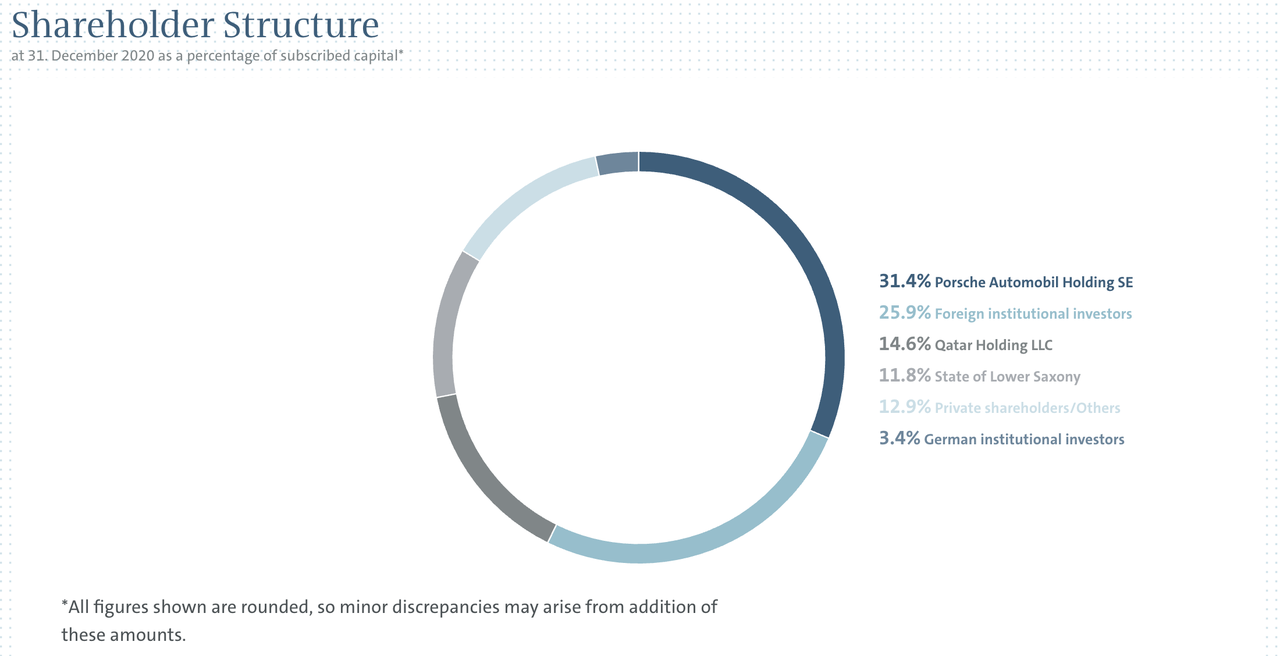
Behind the interests of the public, Porsche and the Piëch family are Volkswagen’s largest shareholders, holding 31.4% through Porsche SE, while Qatar and Lower Saxony, where Volkswagen is located, hold 14.6% and 11.8% respectively. So Porsche and the Piëch family are the biggest benefactors behind the scenes of Volkswagen.
Last year, it was Porsche and the Piëch family who intervened with the most serious dispute between Diess and the previous labor committee chairman, Osterloh, allowing Diess to continue sitting on the “iron throne”.
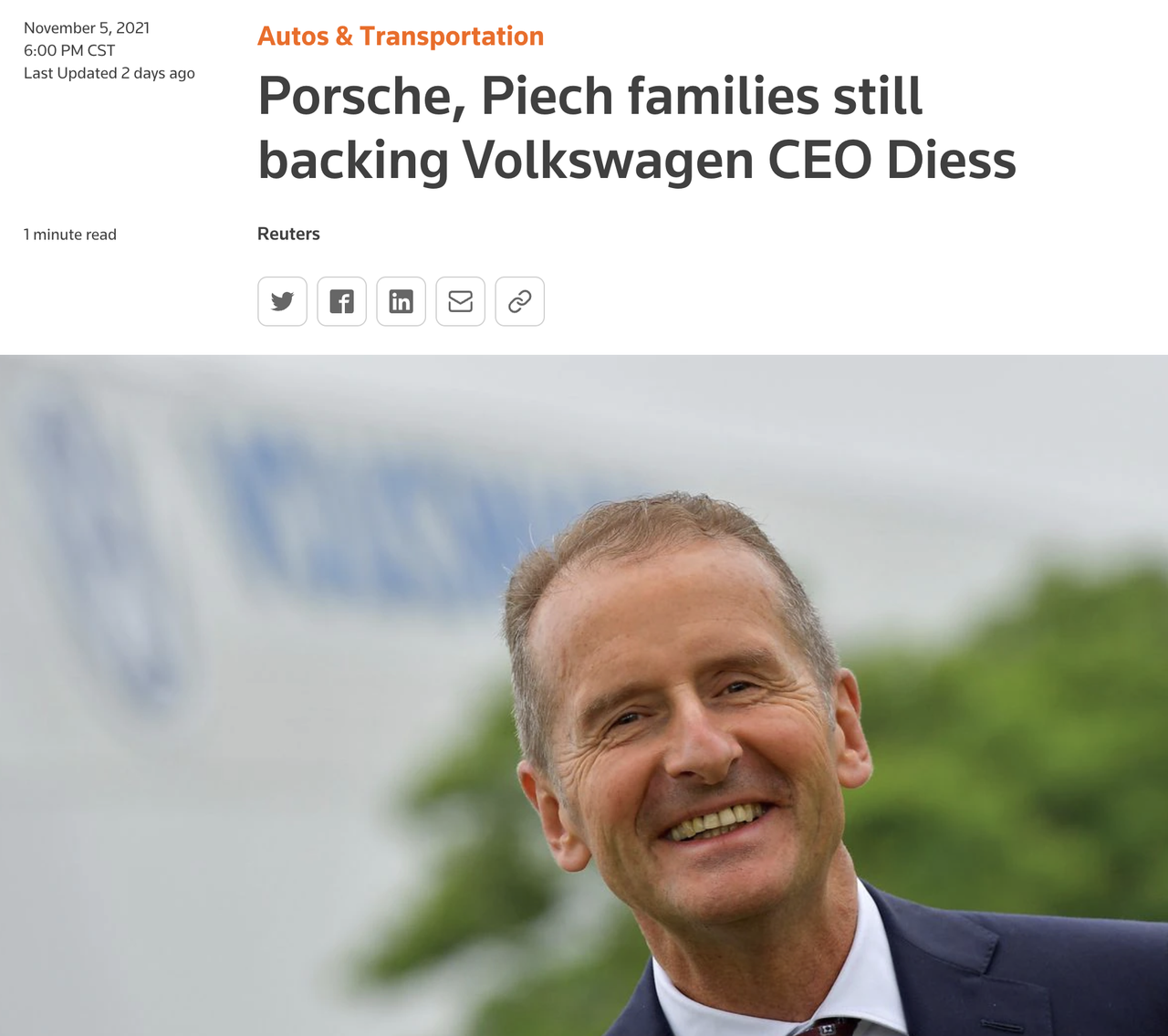
In the latest news, Diess has once again received the support of these two families, which may mean that in the final stages of the struggle, Diess will remain on the “iron throne” with the support of the benefactors. So why was Diess chosen as Porsche and the Piëch family’s representative at Volkswagen?
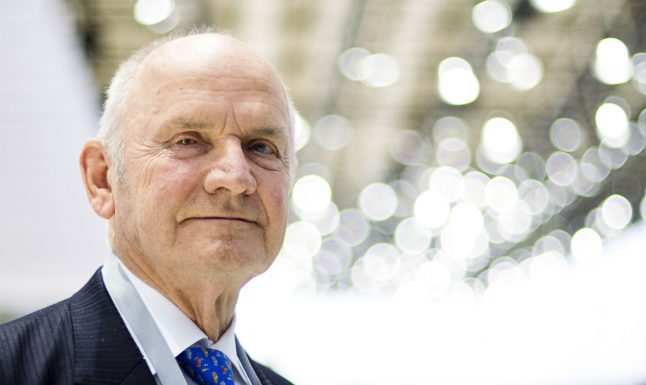
In 2015, this was the year of Diess’ “destiny” with Volkswagen. Ferdinand Karl Piëch, the grandson of Ferdinand Porsche, who devoted most of his life to the “giant” Volkswagen, was planning a new helmsman for the brand, and Diess was frustrated with his failure to become CEO of BMW at the time. So Piëch invited Diess to come and serve as CEO of the Volkswagen brand.
Interestingly, Ma Yilong also invited Diess to take on the role of CEO of Tesla, but in the end, Diess chose Volkswagen. However, his friendly relationship with Ma Yilong has continued to this day.
Diess himself is a proponent of electrification, and Piëch himself praises him highly as the strongest change leader at Volkswagen after the “emissions scandal”.
Electrification itself is preparation for the future market. Porsche and the Piëch family essentially want to obtain long-term benefits from Volkswagen, which requires Volkswagen to maintain long-term competitiveness, so they must support reform and downsizing. That’s why they have repeatedly supported Diess, seeing his determination and talent in the reform.It appears that Porsche and the Piëch family have an absolute advantage in terms of funding structure and have strong support for Diess. However, Diess still faces difficulties in making reform decisions, and is even making slow progress in some areas. As we mentioned earlier, half of the 20 seats in the German Supervisory Board (which is responsible for approving key strategic decisions) are occupied by labor representatives. This is the most interesting part, as labor representatives on the Supervisory Board can easily veto any layoff agreement made by Diess, unless he reaches an agreement with them.
Although Kavalro said that “workers and labor representatives support necessary reforms,” the truth is that this is just nonsense.
Of course, in extreme cases, the Chairman of the Supervisory Board, Hans Dieter Pötsch, can make a decision on the final plan. But, believe me, unless in an extremely deadlocked situation, Porsche and the Piëch family will not easily confront the union head-on.
So for a considerable period of time, we can obtain many interesting “palace fighting” dramas through the struggle between Diess and Kavalro.
Final thoughts
In Volkswagen’s “NEW AUTO” 2030 strategy announced on July 13th, we saw that Diess claimed he would lead 660,000 people in the transformation process. Some may think that this is a grand declaration, but it is actually Diess’s most helpless approach. The “large” size of Volkswagen and the “strong” union make it impossible for Diess to effectively cut off personnel barriers in the electrification process.
So the solution Diess provided is a “helpless move.” He chose to work with the Labor Council to train existing employees, even having Ma Yilong directly “train” executives to achieve the overall transformation of the group.
However, with 660,000 people working together, it is not up to Diess alone, and internal personnel changes will be a time-consuming and painful experience with slow results. And for middle managers and ICE-related executives, Diess also needs a thorough personnel organization and structural change.
So it still comes down to the statement, “When struggling with heaven, there is endless joy! When struggling with earth, there is endless joy! When struggling with people, there is endless joy!”
Finally, I’ll give you my thought: Diess, if Volkswagen doesn’t suit you, you can always go to Tesla and become a CEO there.
This article is a translation by ChatGPT of a Chinese report from 42HOW. If you have any questions about it, please email bd@42how.com.
